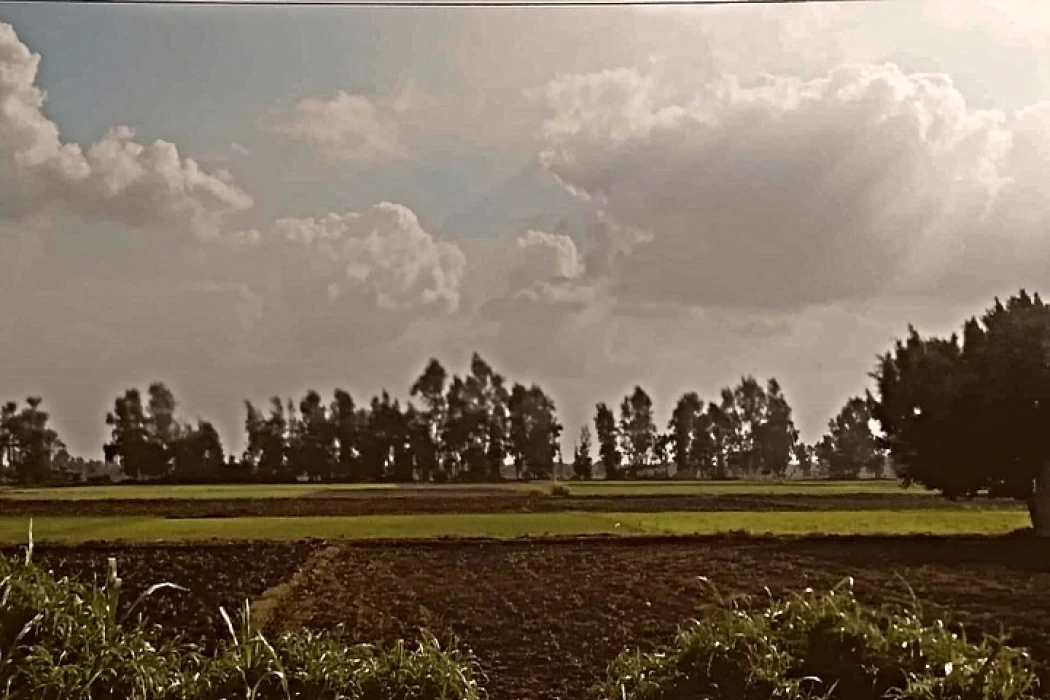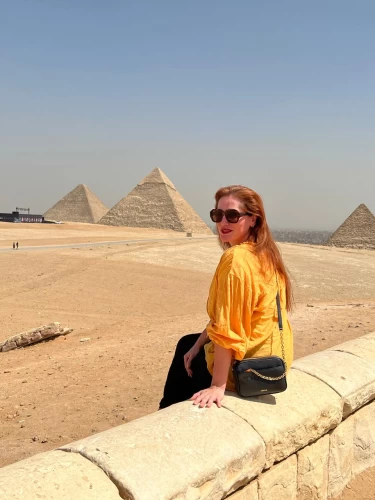
Al Sharqia Governorate Egypt
History of Al Sharqia Governorate Egypt
Al-Sharqiya Governorate is one of the governorates of Egypt, the capital of which is the city of Zagazig, as well as the University of Zagazig, the land of Al-Sharqiya was the main gateway to Egypt that was used by invaders and visitors, armies and prophets, as it is the first shock in every invasion coming from the east, and receives every visitor, and bids farewell to every traveller, and for its unique location in the middle of the eastern delta it is a meeting point for the most important transport routes for the governorates of the sea face. Its current governor is Major General Hazem Al-Ashmouni.
The province of Sharqiya was the 12th province of the Sea Face, with its ancient capital (Bubastis), which at one point in history became the capital of all of Egypt. The province of Sharqiya was formed under its current name during the Fatimid dynasty. It was called Al-Sharqiya because it was located on the eastern side of the sea face, and in 1315 AH it was called the Eastern Works, and in 1527 it was called the Eastern Province. When Muhammad Ali took over the rule of Egypt in 1805.
In 1829, Al-Sharqiya was annexed under the Maritime Provinces Directorate after the Egyptian country was divided into three provinces: Maritime Provinces, Central Provinces and Upper Egyptian Provinces. The provinces and their mandate continued to change and fluctuate, whether in terms of their location, borders, names, or the functions of the rulers who dominate them. In 1833, Muhammad Ali :
Reinstated the names of the old geographical provinces that were previously divided into.
Modifying the borders of most of the tribal and maritime provinces. Replacing the name of the mamuriyya, which was called the whole or parts of it, with the name of a directorate, as well as replacing the name of the mamour, which was called the head of the mamuriyya, with the name of a director, then choosing the city or town that is suitable as a base for each of the directorate to reside in the directorate and his employees, provided that it is chosen in the centre of each directorate as much as possible, and thus the Sharqiyah was named after a directorate with its base in Belbeis within 7 directorates in the sea face and the same in the tribal face, each directorate includes under its banner a group of departments.
The emblem of the province
The wild white horse in the centre of a green carpet has been adopted as the emblem of the governorate for its excellence in breeding purebred Arabian horses and the fact that agriculture occupies most of the areas in the governorate.
National Day
Sharqiya celebrates its National Day on the 9th of September every year to commemorate the anniversary of the stand of leader Ahmed Orabi, her righteous son from the village of Hariyat Razna in Zagazig Centre, against Khedive Tawfiq in Abdeen Square in Cairo, presenting the demands of the army in 1881.
Cultural tourism
According to studies prepared by the Geographic Information Centre for Antiquities in conjunction with the National Centre for Documentation of Antiquities, there are approximately 100 archaeological sites scattered throughout Sharqiya Governorate, the most famous of which are the Tell Basta and San al-Hajar archaeological areas.
Tel Basta, located northeast of Zagazig, was the capital of Egypt during the 22nd Dynasty, and temples were built for her goddess Bastet, symbolised by the cat, whose celebration was considered a national holiday with hundreds of thousands of pilgrims from all over Egypt singing hymns and songs, and on the walls of her temple are the names of many of the great kings of Pharaonic Egypt.
Religious tourism
Al-Sharqiya was the host of the prophets, where the Prophet Joseph lived, who settled in the land of Josh (Wadi Tamilat). The Prophet Moses was born there and his mother threw his coffin in Al-Yam, which is the Tanisian branch of the Nile, which is likely to be the Taraa Al-Samana, and was picked up by the Pharaoh of Egypt at San Al-Hajar and raised in Egypt until God gave him the message and went out to the land of Midian from Qantir until the city of Saqt - now known as Salhiya - and from there to the Sinai Peninsula.
Sports tourism
Al-Sharqiya is famous for the breeding areas of purebred Arabian horses, which have become a symbol of the governorate's flag, the most important of which are Taha Al-Marg, Saud Island, Bani Gari and Inshas, all of which produce more than 80% of the horses of the Arab Republic of Egypt, and an international festival is held in September every year with the participation of the world's countries interested in purebred Arabian horses, headed by the World Arabian Horse Organisation (WAHO). Sharqiya is also famous for its falconry and hunting dog breeding areas in Inshas al-Raml, Bilbays centre, and Sawa, Abu Hammad centre.















